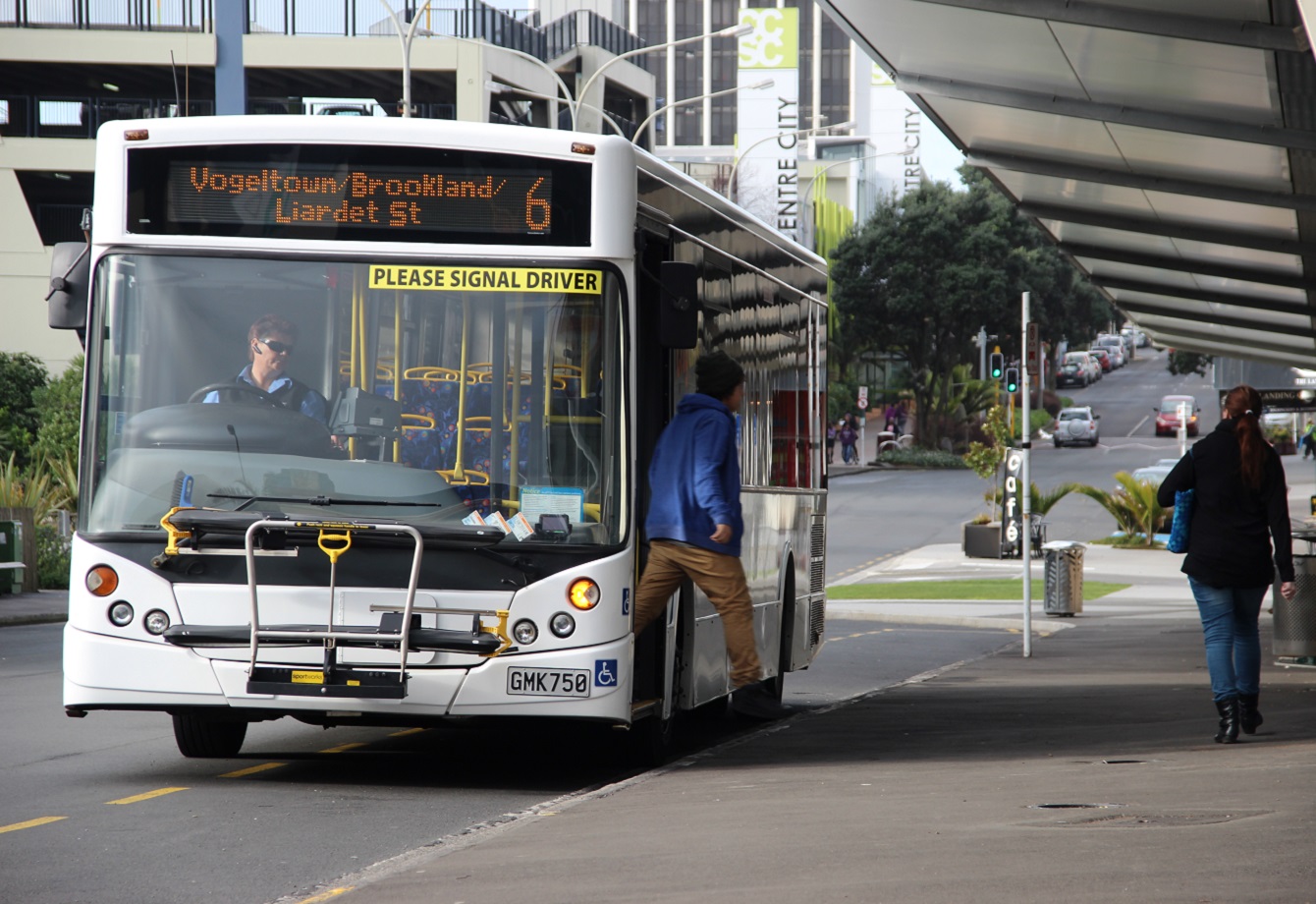Public transport has been topical in Taranaki recently, with many in our community calling for a different and better way of doing things.

It’s a long-overdue and important kōrero that frankly, we’re delighted to see happening. We all agree change is needed, the question is what that change looks like and how it’s funded.
Taranaki Regional Council is responsible for public transport in our region, operating the Citylink, Connector, Southlink and most school bus services.
It’s been a busy year for staff working in public transport, launching the real-time bus tracker Transit app, introducing new services, implementing changing Government directives on free and half-price fares and improving timetables. This builds on previous work such as simplified fare structures, more free buses to key events and getting $308,000 of Government funding for the region’s first electric bus.
Work is paying off and this year public transport numbers increased by 28%, building on a 40% increase the year before. The Connector bus between New Plymouth and Hāwera alone increased by 81% this year.
At a strategic level, we are in the midst of developing a Better Travel Choices for Taranaki strategy that will feed into our planning for the next 10 years and the Regional Land Transport Plan.
The strategy aims to support a step change in the region away from private vehicle use, where possible. It includes proposals for improvements to the bus network and signals the region’s transport ambitions nationally in order to secure the necessary funding.
In September/October we ran a six-week public consultation to ask what you thought of the draft strategy and sustainable transport options.
It was important that we heard a wide range of views from across the region, both rural and urban, young and old, bus users and non-bus users, which meant we first had to spread the word.
An eye-catching advertising campaign through radio, newspapers, websites and social media reached a combined audience of more than 800,000 people. An email was sent to 5,500 registered Bee Card holders in Taranaki – the people who use our buses the most. Another email was sent to about 8,500 locals on our database. A dedicated web page was set up to enable easy, user-friendly engagement and we also happily received feedback the old-fashioned way via the post or face-to-face.
Then we needed the community to play its part. While the survey was as user-friendly as possible, we knew that people’s time was precious and Council consultations were often not front of mind.
But we received a pleasing 403 submissions, generating about 5,800 individual pieces of feedback. It was one of the biggest responses to any Council-run consultation, which reiterates just how important this issue is to the people of Taranaki.
This week 19 submitters took up the opportunity to highlight their main points to members of the Council’s Executive, Audit & Risk Committee, who had already considered the written submissions. We were able to extend most speakers’ 4-minute (plus questions) time allocation as the other 21 submitters who requested to speak did not turn up. There were many insightful presentations and helpful conversations, for which the Committee was grateful.
A number of strong themes came through, which in some instances validate the direction we are already heading and in others, give us valuable food for thought as we go into the next stage of this process.
It’s also important to note the Government intends to release a new Policy Statement on Land Transport in the next few months, setting out its priorities for transport and related funding. As a council, we will have to implement and comply with that Government policy.
But for now, the community has spoken and we have heard you. We have a complex and long journey ahead, but it is one we are committed to travelling with you.
So what is next? Council staff are now preparing recommendations for the Committee, which will deliberate at 10am on Monday, 19 February 2024 at the Council offices in Stratford. As with any Council meeting, it is open to the public.